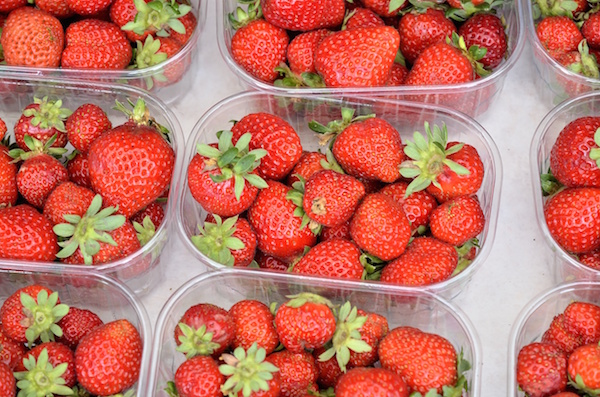
FRIDAY, Aug. 21, 2015 (HealthDay News) — New mothers may inadvertently pass industrial chemicals along to their babies through breast-feeding, which might lower the effectiveness of some childhood vaccinations, researchers report.
The class of chemicals, called perfluorinated alkylate substances (PFASs), are widely used in consumer products to make them resistant to water, grease and stains.
A Harvard-led research team found that a baby’s blood concentration of PFASs will increase by 20 percent to 30 percent every month they’re breast-fed.
This phenomenon worries study co-author Dr. Philippe Grandjean, because earlier research has shown that PFASs can cause vaccinations to either fail or to be much less potent.
“This is absurd. We’re trying to prevent diseases by vaccinations, and we also are encouraging mothers to breast-feed because human milk is the ideal nutrition for the child, and the child’s immune system is also stimulated by components of human milk,” said Grandjean, an adjunct professor of environmental health at the Harvard T.H. Chan School of Public Health in Boston. “And now we’re finding that there are contaminants in the milk that have the opposite effect of breast milk that are decreasing the impact of childhood immunizations.”
PFASs can be found on waterproof or water-resistant clothing, and on furniture or carpeting treated for stain resistance, Grandjean said. The chemicals are also used in food packaging such as microwave popcorn bags and takeout pizza boxes.
“There’s no way that young women can actively prevent their own exposures to these substances,” he said.
An earlier study published by Grandjean showed that 7-year-olds with twice the blood concentration of PFASs had about half of the levels of tetanus and diphtheria antibodies as children with average PFAS levels.
“We found that for each doubling in exposure to PFAS, the child has an increased risk that the vaccination will not take,” he said. “The risk increases between two- and fourfold for each doubling of the child’s exposure.”
As a next step in their research, Grandjean and his colleagues decided to look at whether breast-feeding might be a source of PFAS exposure for babies.
The researchers followed 81 children who were born in the Faroe Islands, a small country in the North Atlantic, between 1997 and 2000. The investigators looked at levels of five types of PFASs in their blood at birth and 11 months, 18 months and 5 years. They also looked at PFAS levels in the mothers of the children at week 32 of pregnancy.
They found that children who were exclusively breast-fed experienced an increase in PFAS blood concentrations of as much as 30 percent each month, with lower increases among children who were partially breast-fed. PFAS levels decreased after breast-feeding stopped.
“All children are born with some PFAS,” Grandjean said. “It passes the placenta, and the concentration in umbilical cord serum is about one-third of what the mother has. But then if the child is breast-fed for six months, the child has four times that, so now the child exceeds the mother in the serum concentration of PFAS.
“A child, of course, at that age is much more vulnerable than the mother is because the child is developing its immune system and all sorts of other organ functions,” he added.
Based on these findings, Grandjean believes that leading health authorities like the U.S. Centers for Disease Control and Prevention and the World Health Organization should revisit guidelines that recommend mothers breast-feed up to six months.
“My own conclusion is exclusive breast-feeding for three or four months. That will result in the main benefits to the child,” he said. “Continued breast-feeding beyond three or four months will not add a lot of additional benefits, and in the meantime these contaminants are building up.”
But one industry group noted that harmful PFASs are being phased out.
“Over a decade ago, members started working with U.S. EPA [Environmental Protection Agency] and other regulators to globally phase out all long-chain PFAS chemistries by the end of 2015,” said Jessica Bowman, executive director of the FluoroCouncil.
Grandjean noted that even though some of these chemicals are being phased out, the known accumulation in adults likely will continue to result in PFAS transference to some babies via breast milk.
Dr. Kenneth Spaeth, director of the Occupational and Environmental Medicine Center at North Shore University Hospital, in Manhasset, N.Y., said it’s too soon to tell whether changing breast-feeding recommendations will be necessary, as more studies are needed.
“Until such time we have additional data, there’s no basis for changing breast-feeding policy,” Spaeth said. “On the whole, the benefits of breast-feeding outweigh any risks that could be associated, and I don’t think this study will change that.”
The study was published online Aug. 20 in the journal Environmental Science & Technology.
More information
Visit the U.S. Environmental Protection Agency for more on PFASs.
Copyright © 2025 HealthDay. All rights reserved.

